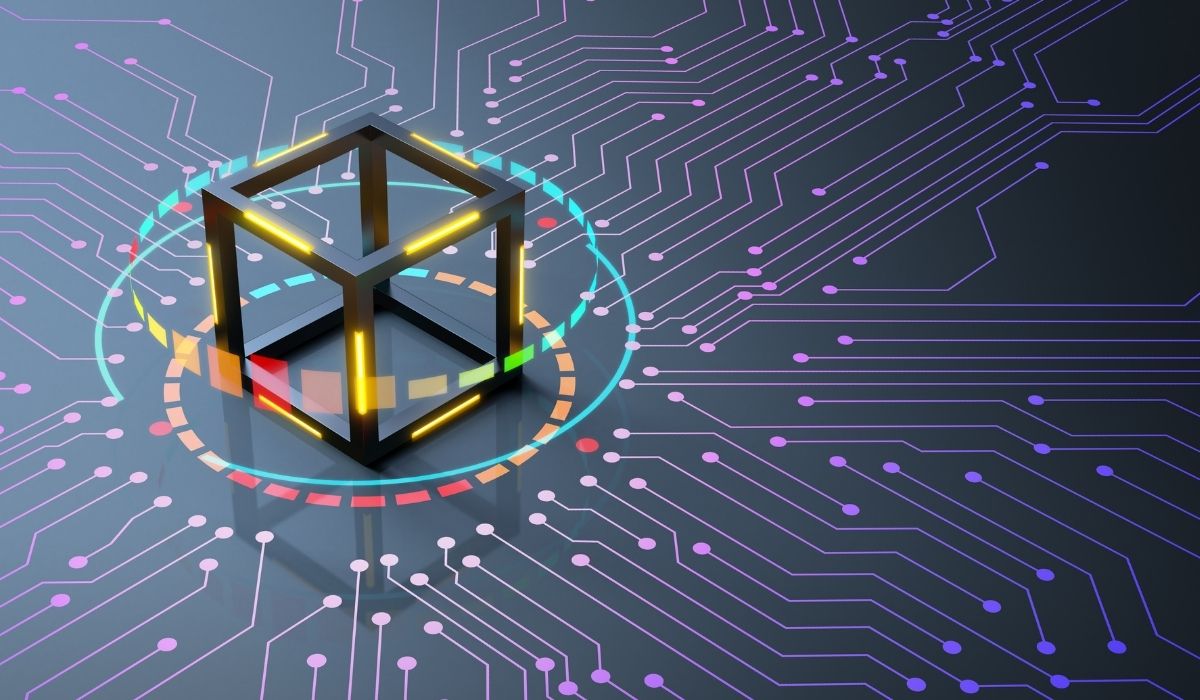Many people see the blockchain industry as a competitive space. As a result, developers spin up new ecosystems to create rivals to existing projects and sometimes become successful. However, it remains crucial to leverage existing chains, so Syscoin differs significantly from Binance Smart Chain.
How Binance Smart Chain Works
Cryptocurrency and blockchain enthusiasts will readily agree binance Smart Chain has become a successful network. It is home to Binance Coin, the native currency of the Binance ecosystem. Moreover, it has numerous DeFi protocols and DApps, smart contracts, and even supports non-fungible tokens. Combined with very low transaction fees and high network throughput, it is a rival to Ethereum in many ways.
Under the hood, Binance Smart Chain is compatible with the Ethereum Virtual Machine, mainly for smart contract and DApp compatibility. Therefore, porting a project from Ethereum to BSC is relatively straightforward. Furthermore, the network provides cross-chain compatibility with Binance Chain, although “bridges” to other networks exist too.
The blockchain’s consensus algorithm – Proof-of-Staked Authority – requires network validators to create blocks and process transactions. Unfortunately, only a select few validators exist, as it requires a steep amount of BNB to be deemed eligible. Additionally, only so many validators can exist simultaneously, putting a lot of control in the hands of a few entities.
Compliance-wise, there are no noteworthy features binance mart Chain provides today. Therefore, it is essential to offer some solutions at the protocol level, allowing developers to build projects without worrying about those aspects. Unfortunately, most top public blockchains lack those traits, confirming a need for better alternatives.
Syscoin Goes Much Further
There are minor parallels between Binance Smart Chain and Syscoin. Both networks are very efficient, process more transactions than other ecosystems, and are EVM compatible. However, that is where the parallels end. Unlike the approach by the BSC team, Syscoin combined the best of Bitcoin and Ethereum into one robust ecosystem. Leveraging Bitcoin’s network security and Ethereum’s Turing-complete programmability creates an intriguing combination.
More importantly, Syscoin achieves scaling through Layer Two ZK-Rollup technology. That scaling implementation is ahead of Etehreum’s much-anticipated ETH 2.0 upgrade, which still has no official launch date. Additionally, its network doesn’t require centralized validators but instead uses masternodes as a source of bonded validators. As a result, Masternode owners receive seniority bonuses in addition to block rewards. There are 2.455 Masternodes for Syscoin today, compared to 44 BSC validators, of which only 21 have actual voting power.
Syscoin’s Network Enhanced Virtual Machine (NEVM) rollout will make Syscoin more appealing to developers and users. There will be full Layer One EVM and Ethereum smart contract support in the first phase. To enhance the overall throughput, ZK-Rollups will go live in Q1 2022, allowing up to 210,000 TPS. The final stage will see NEVM reach up to 4 million transactions per second, making the network of great value to Web 3.0 development and mass adoption. In comparison, Binance Smart Chain has a TPS of roughly 160.
What sets Syscoin apart from all other public blockchains is its approach to regulatory compliance. More specifically, it has opt-in regulatory features to support asset transactions without relying on third parties. Protocol-level features like these on an opt-in basis change the narrative regarding compliance for many projects. Moreover, it paves the way for letting traditional securities participate in decentralized finance, DEX trading, or other emerging concepts in a compliant way.
Closing Thoughts
If the blockchain industry is to be taken more seriously and embraced b the mainstream, it will need regulatory compliance features. Rather than forcing them on developers, making them opt-in is a crucial competitive advantage for Syscoin. When combined with the high scalability and compatibility with EVM and smart contracts, it creates a high-potential blockchain environment.
The approach by Binance Smart Chain is very different and will prove viable for developers already involved in crypto and DeFi. However, the industry needs to attract onlookers, companies, brands, and other developers who are not invested in this space yet. The BSC method doesn’t lend itself well for that, yet Syscoin’s approach makes the industry more accessible.
Interestingly, there is an ongoing collaboration between Binance and Syscoin that also involves BlockFoundry. These three entities have partnered to bring the BUSD stablecoin to the Syscoin network in 2020. The BUSD currency on Ethereum can be used as a Syscoin platform Token and benefit from the better speed, lower fees, and Ethereum smart contract functionality on Syscoin.




